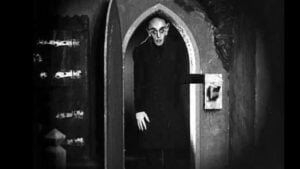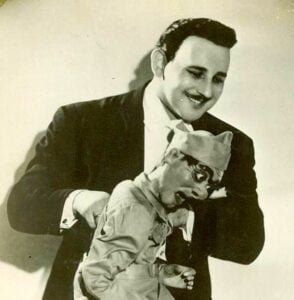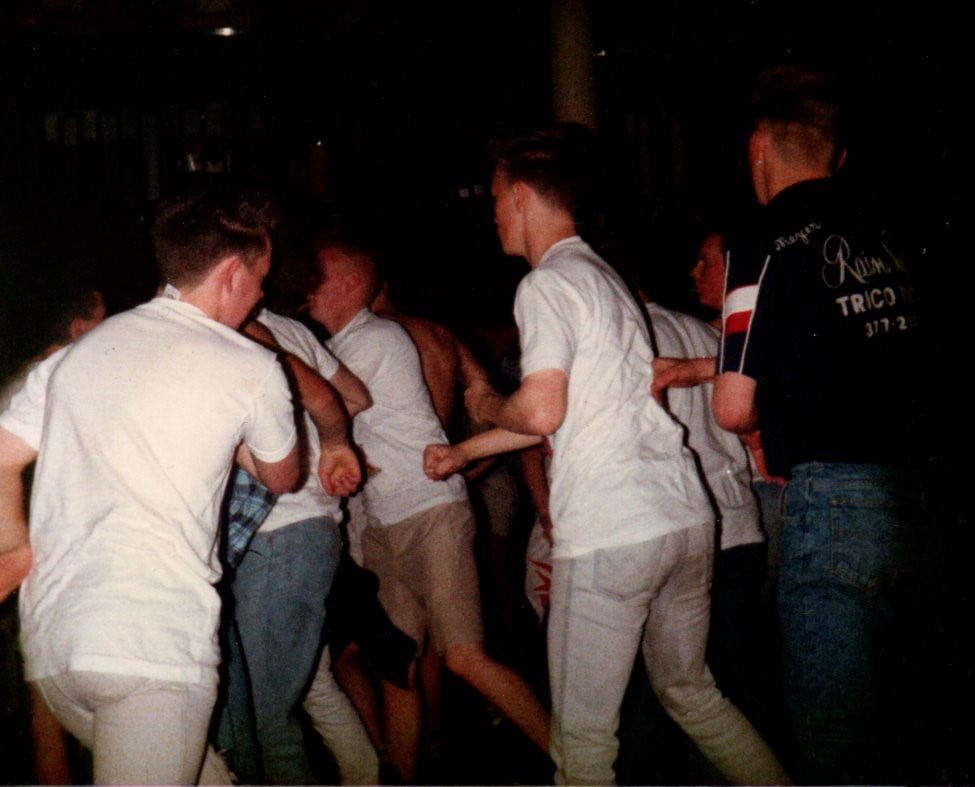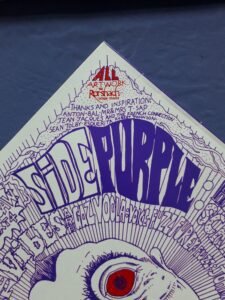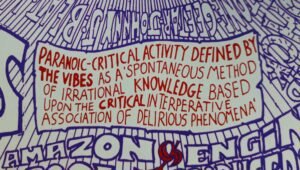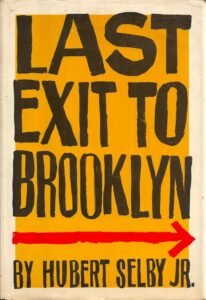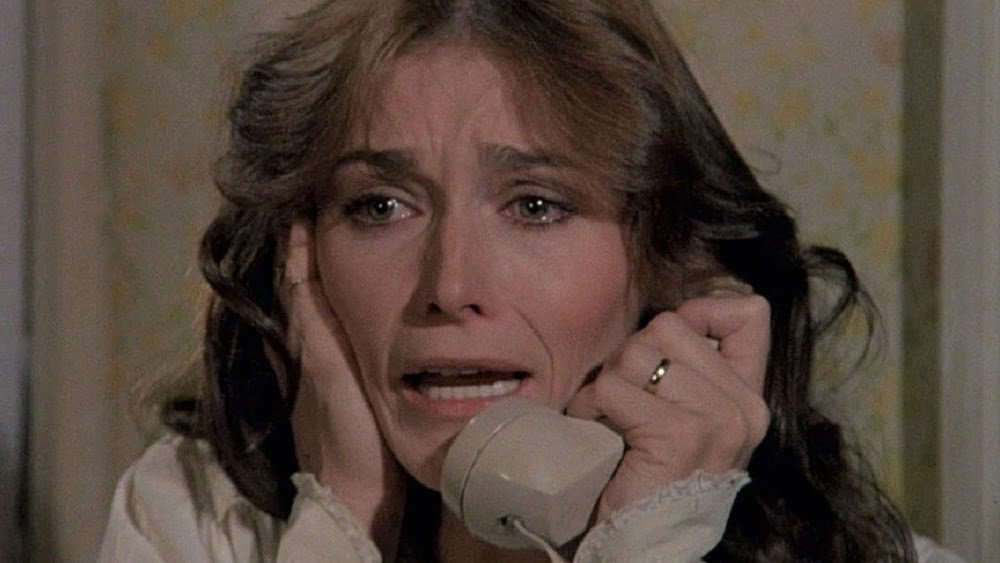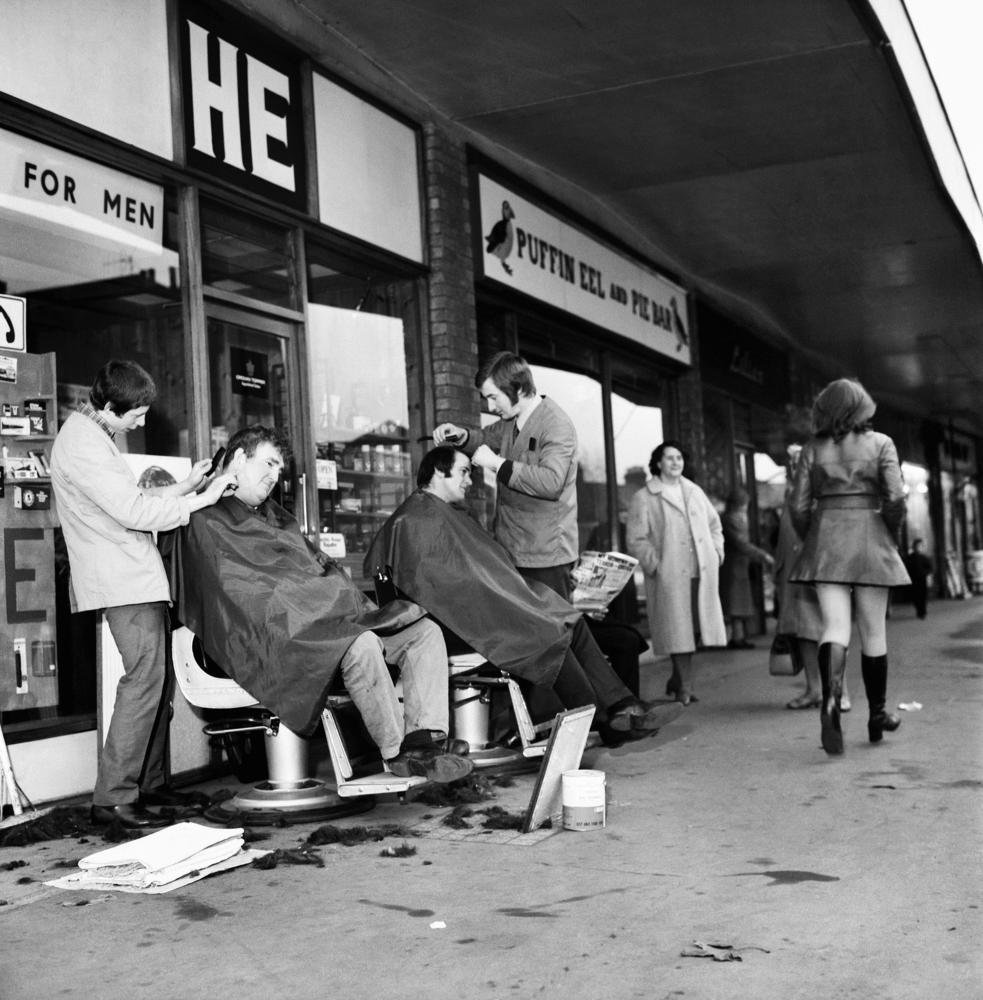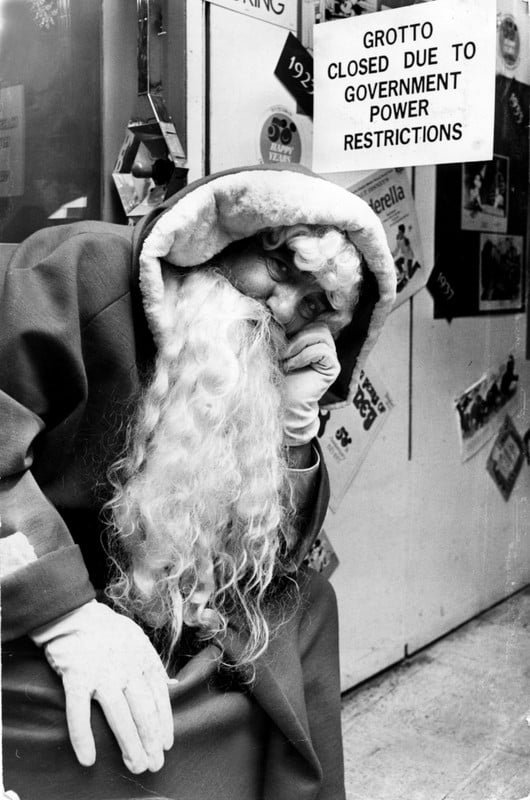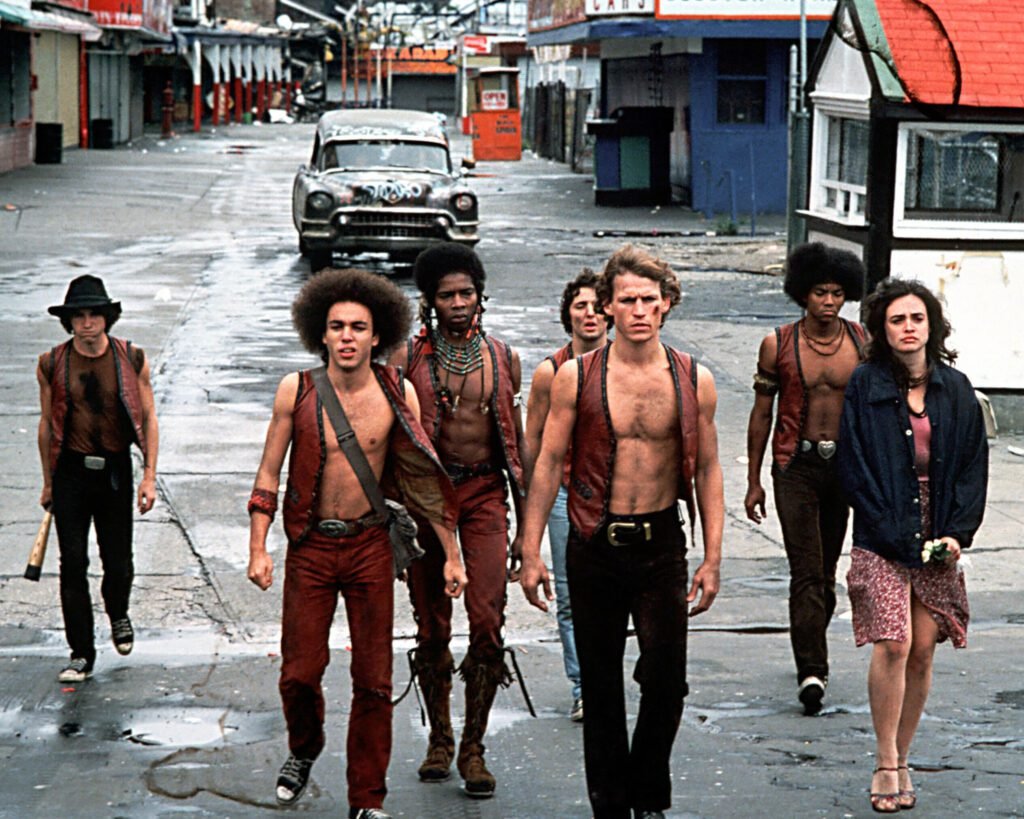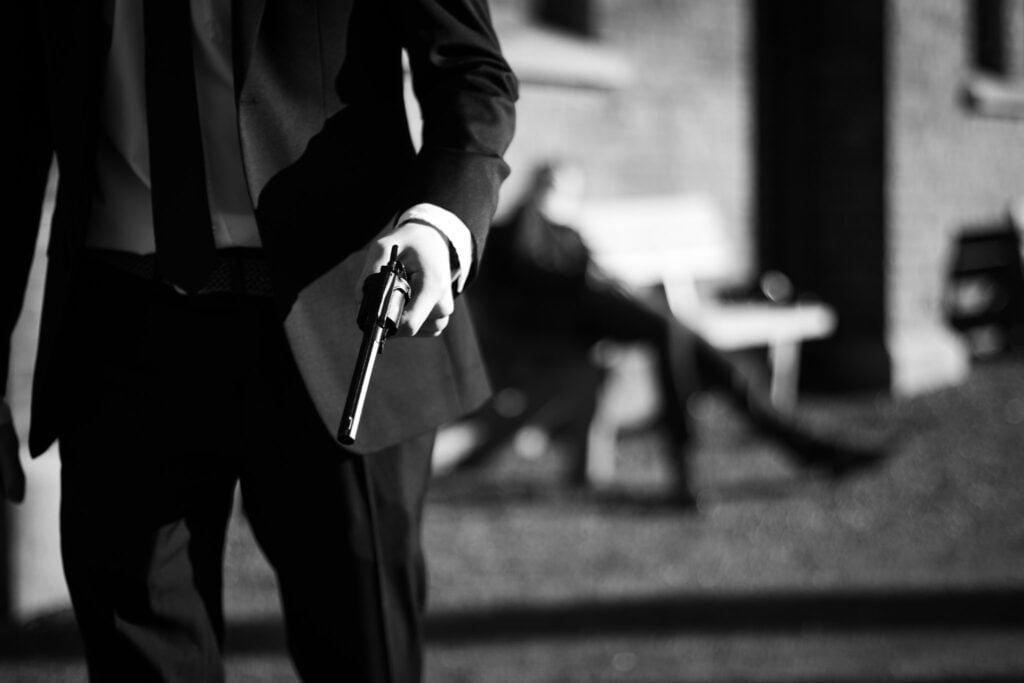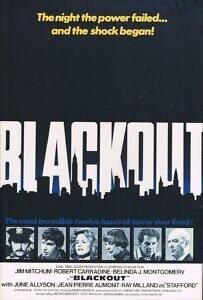
Sadism on the Loose
‘Holy power cut, Batman!’ Boy Wonder would cry before the crime-fighting duo Whap! and Kapow! the villains into submission. Blackout (1978) doesn’t have Batman or Robin, but it does have phlegmatic super- cop, Dan Evans, defending the citizens of Gotham.
Blackout is billed as a thriller and also a black comedy, but manifests more like a low-rent exploitation-disaster movie. The chaos of New York City’s 1977 blackout provides the opportunity for four deranged criminals to escape police custody and go on to terrorise a swanky Manhattan apartment block. Rape, murder, arson and robbery ensue.
The opening scene is an ominous shot of electricity pylons shrouded by threatening storm clouds, the foreboding heightened by a menacing sound track. An aerial shot of the Empire State building with a bleak weather report leaves us in no doubt as to what is coming. The camera cuts to a busy street scene and follows our hero (Jim Mitchum, son of Robert) chasing a purse-snatcher. He is relentless in the pursuit, and would have caught the thief if it wasn’t for a pesky clothes rail that appears at just the wrong moment. Inevitably, he gets tangled up in the shirts.
“At power grid HQ the control panel, which is larger than the bridge of the Starship Enterprise, is ablaze with red and amber warning lights.”
We then witness our felons being bundled into a Department of Corrections van to be taken to another secure unit. The two escorting officers, one of whom appears to have borrowed his moustache from Leather Man in the Village People, are tetchy when told they need to wait for another offender, domestic terrorist, Christie (Robert Carradine). He promptly arrives by helicopter, having been diverted from JKF due to media attention. It’s not clear why the helicopter can’t fly him directly to his destination, but why let common sense get in the way of the plot? The cops push him into the truck and set off. Thunder and lightning is now crackling and flashing dangerously. At power grid HQ the control panel, which is larger than the bridge of the Starship Enterprise, is ablaze with red and amber warning lights; prompting us to grip the side of the sofa in trepidation of the impending disaster.
Biker Mayhem and Road Carnage
In what has to be the most random and avoidable road accident in the history of cinema, two bikers appear, seemingly having taken a wrong turn from the set of Dawn of the Dead. Although the road is utterly deserted, the road hogs careen in front of the van causing it to swerve and crash into a flimsy plywood shack. The prisoners break out unscathed to find both police officers embedded in the windscreen. By donning the dead men’s uniforms, the motley crew are able to trick the security guard of a nearby apartment complex into letting them in. They immediately kill him and, with Christie as ringleader, commence their reign of terror.
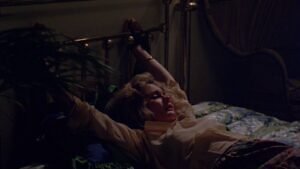
On his way to clock-in for the nightshift, Evans spots the wreckage and hops inside for a peek. His night nosedives further when a woman appears on her balcony, screaming for help. Flashlight in hand, he leaves a couple of bystanders in charge of the scene and hotfoots it into the apartment building.
Gun Shots and Burning Rubber
The plot then meanders around the building for a while, with Evans handcuffing one of the gang to a toilet pan. Tricked by Christie, he is overpowered by the baddies who tie him up with wire connected to a speedily rigged contraption – ready to be electrocuted when the power is returned. All that’s missing is an Acme Corporation stick of dynamite. Will our hero be rescued in the nick of time? Or will it be a crispy end?
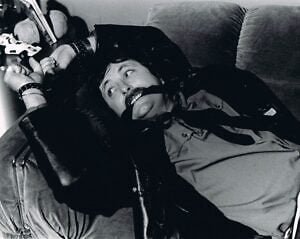
Unsurprisingly, Evans escapes; rescued by…? Didn’t see that one comin’ did ya? One by one the perps are offed until Christie is the last man standing. Finally the power comes on, in terms of the action, and a car chase almost on par with The French Connection speeds off. After some good sound effects in a dimly lit underground car park, Christie inexplicitly drives into a wall, causing the car to explode. As he tries to escape his trench coat catches fire and Evans watches him burn to death.
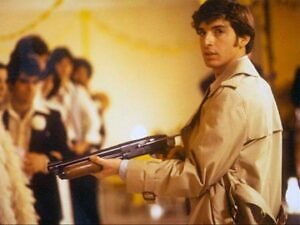
As with many b-movies, the plot flaws and so-bad-it’s-good vibe provide the entertainment in Blackout. Sadly the power did kinda fail here, and the most shocking aspect was the bad driving (resulting in deadly crashes). For anyone who loves 1970s New York, it delivers on grittiness, with cool cars and kitsch apartments. For everyone else, it may be more washout than blackout.
If you have enjoyed read this post, please consider supporting us so that we can tell you about more bad b-movies.
